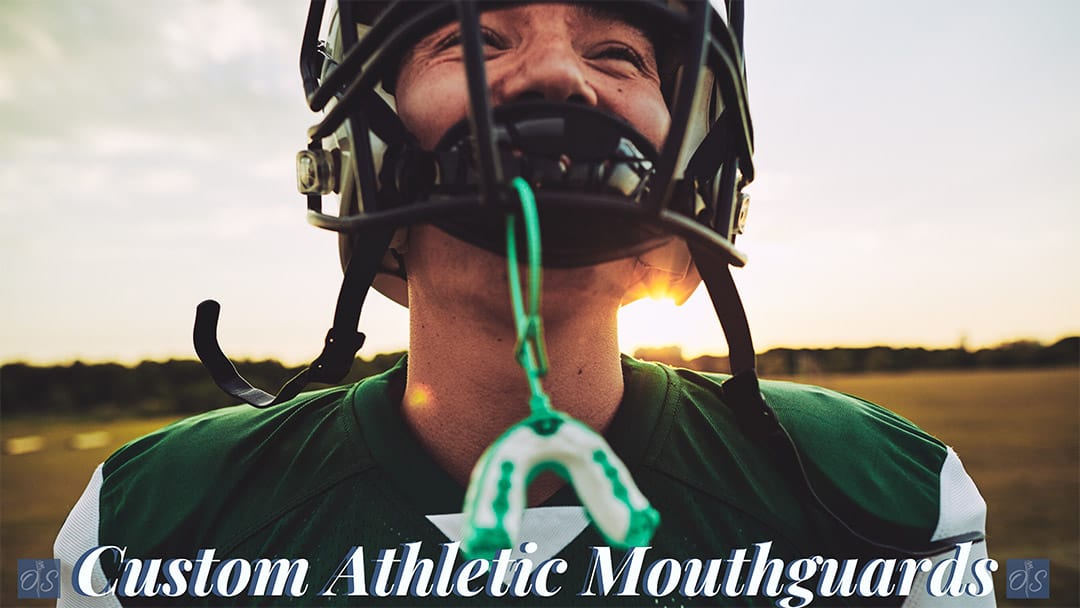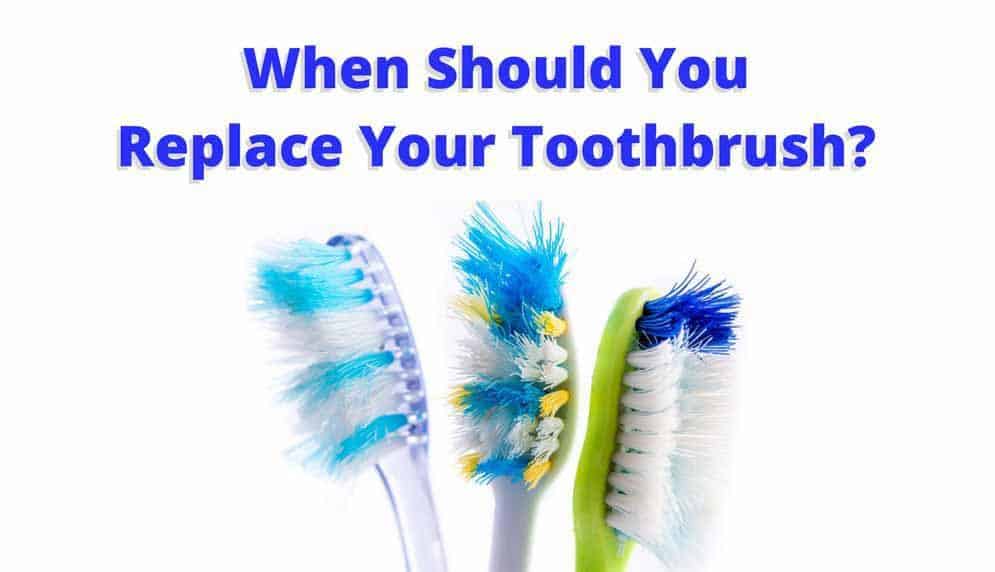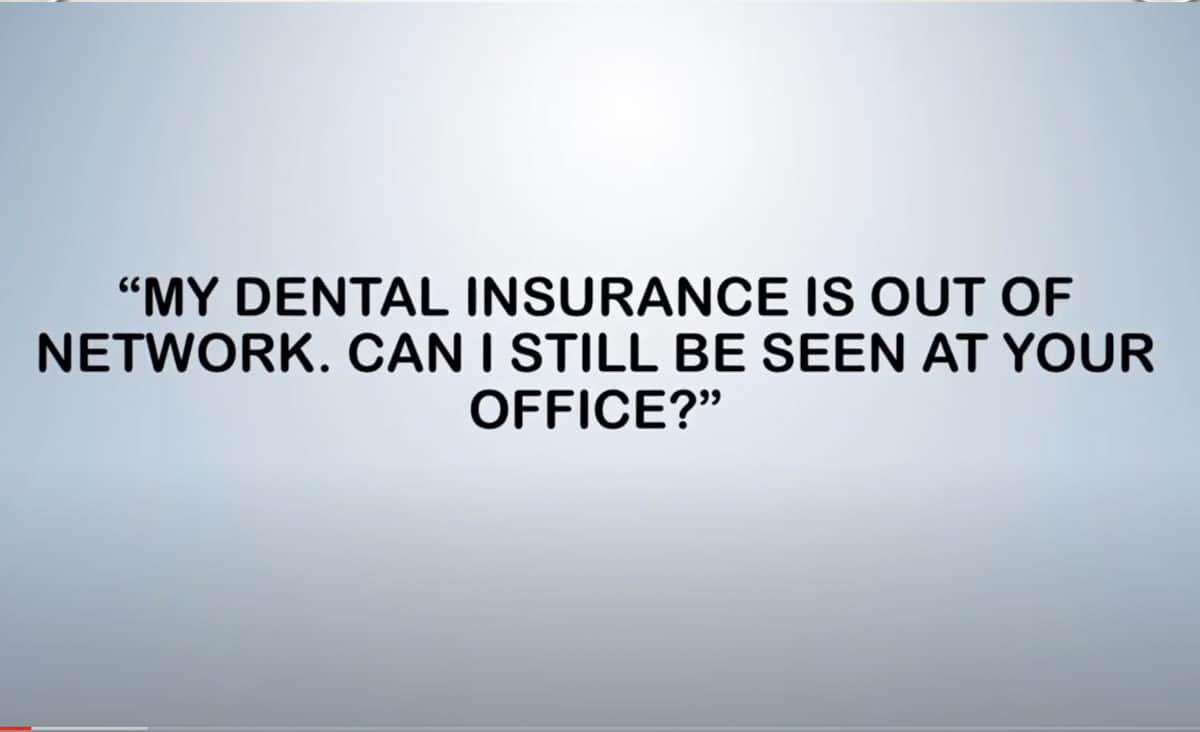What is an Athletic/Sport mouthguard?
A mouthguard is a flexible custom fitted device worn over teeth during athletic and recreational activities to protect them from damage. A good-fitting mouth guard may be especially important if you wear braces, have fixed anterior bridgework or just want to protect your teeth/smile from potential trauma.
Mouthguards can prevent damage to the teeth, the brackets and/or other fixed appliances from blows and physical contact. Mouthguards can also act as a barrier between teeth/braces and the cheeks, as well as between the lips and tongue. This barrier limits the risk of soft tissue damage.
What are the benefits?
- Prevents cuts and bruising during impact between the lips and teeth
- Protects against chipped or broken teeth, root and bone damage, movement of teeth, and tooth loss.
- Provides support that can prevent fracture or damage to the lower jaw.
- Mouth guards also absorb the shock during physical contact and can prevent serious injuries such as jaw fracture, brain trauma/hemorrhage, concussion and neck injuries by helping to avoid instances where the lower jaw jams into the upper jaw.
Who should wear a mouth guard?
The American Dental Association recommends the use of a mouth guard for 29 sports/exercise activities. These include ice hockey, lacrosse, field hockey, football, acrobatics, basketball, boxing, disc golf, gymnastics, handball, martial arts, racquetball, rugby, shot putting, skateboarding, skiing, skydiving, soccer, surfing, volleyball, water polo, weightlifting and wrestling. Essentially, whenever there’s a chance of contact with other players or hard surfaces, wearing a mouth guard makes sense.
How can I have a custom athletic guard made for myself or my children? For professional advice about how to protect your teeth during athletic activities, talk to your dentist about selecting a mouthguard that will provide the best protection for your particular needs. Please contact us at 920-233-6001 or email to [email protected] with any questions, or to schedule a consultation.



